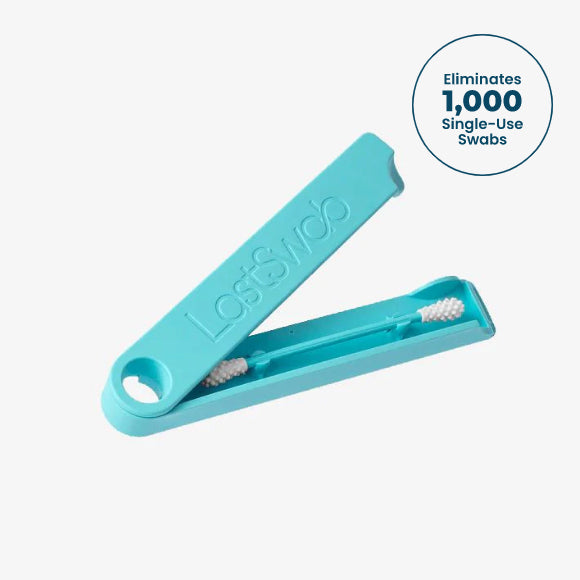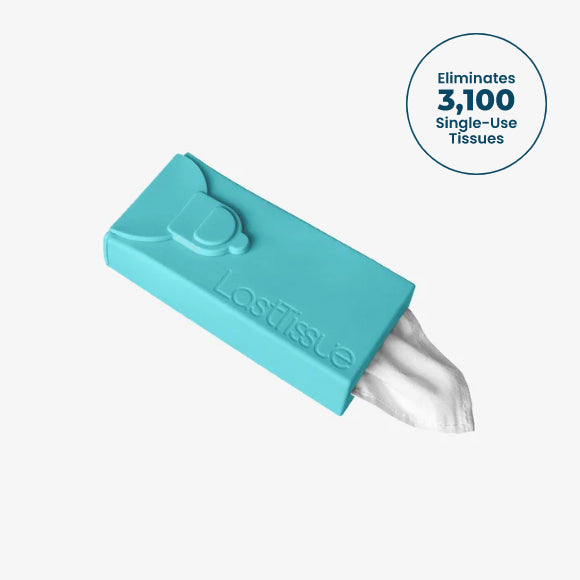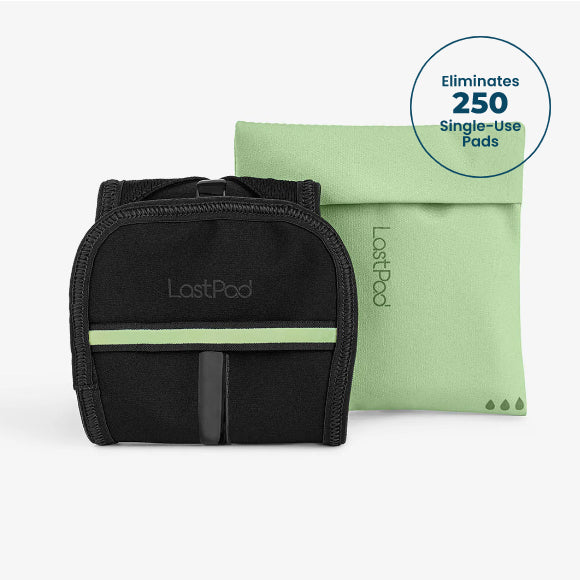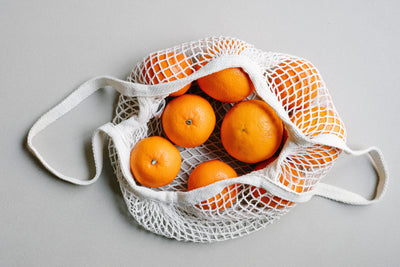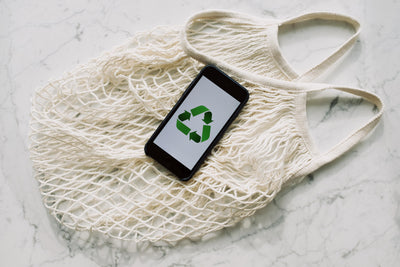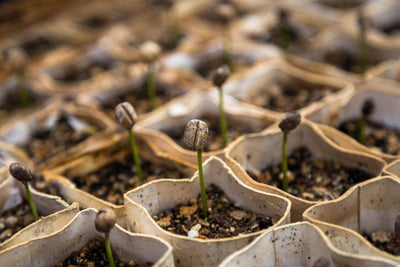Focusing our Energy on the Zero Waste Swaps with the Most Impact
April 20, 2020Part of the trouble with making any changes in our lives is that we’ve been living a different way for so long.🕰Another part is we already use so much time and energy in our day that using more is all the more difficult.
When making sustainable changes, we need to be more mindful of where we are putting our energy. It will be better for us and the planet to focus our attention on things that have the most impact.
Not to downplay the small things that have less of an impact, but it’s important to know the impact so we can decide how much energy to put into a certain change.
This article will (hopefully) help with that.
Changes that do some, but not much

Mostly everything in this category in some form or another is switching from a manmade or plastic material to a natural material.
This list can be endless. The impact of these changes are much less if these natural materials are not composted and instead sent to a landfill. And especially if they are single-use.
Paper bags

For a more in depth look on this one, you can head to this past article. In summary, switching to paper bags may seem all well and good, but as we learned in the past article, they still have a pretty large environmental footprint.
Paper bags (and other paper products as discussed in this article) require resources like land use, water, energy, and also pollute the air in manufacturing and transit. Additionally, these paper bags are commonly sent to a landfill where they will not decompose properly, thus taking up space. Or if they are incinerated, this has issues of its own.
Bamboo toothbrush

About to break a bunch of hearts with this one, mine included.
Okay, so like everything else in this list, it gets tricky. Of course switching to a natural, biodegradable toothbrush is better than a petroleum based one that will never break down.
Like the others on this list, the impact of this varies based on the sourcing of materials (is the bamboo or other material managed well?) and is the toothbrush disposed of properly?
Many bamboo toothbrushes (is that how you say it?) are thrown away in the trash which are sent to a landfill to take up space since they are unable to breakdown properly.
There is also currently (as of April 2020) no environmental or organic standards set on bamboo sourcing. So while making a switch to a more natural product like this (minus the bristles which are commonly made from nylon) may be better than plastic, does it warrant as much energy and attention as we are giving it?
Compostable or recycled plastics

Ahhhh yes, another topic that we’ve touched on in another article related to biodegradable plastics. Every product that we purchase whether it be compostable, made from recycled materials, or made from materials grown next door, requires energy and resources to make.
Especially when these compostable or recycled materials are in the form of single use, they are still extremely wasteful since they could otherwise be replaced by reusable versions.
Sometimes there are single use items that can’t be made reusable, in this case of course it’s better to use recycled or compostable material. Compostable and recycled material is great when applied to reusable items as well.
All in all, our time and energy would be better focused on reusability rather than materials. Most of the time.
Changes that do a lot more
Switching to a reusable version of single use items that require a lot of resources

Some single use items require more resources than others. This is a good indicator to decide if our energy and time is being used wisely.
Things like:
- Switching to a reusable water bottle
- Finding reusable replacements to paper products like LastTissue
- Switching to a reusable coffee and tea cup
- And much more!
All single use items that are unnecessary require a wasteful amount of resources, but certain items like these use an especially large amount. Keep this in mind when searching out how to spend your time.
Switching from single use items that end up in our oceans and environment

Some zero waste swaps are more focused on preventing our waste from entering the natural world. A lot of things on this list tend to be smaller items that are more able to slip through the (rather large) cracks of our trash systems.
While the items are small, they can add up to have a substantial resource footprint as well.
Their more prevalent impact of course is ending up in oceans and natural environments where they harm animals and other life.
This could include things like:
- Food packaging
- Plastic straws
- Candy wrappers
- Toiletry containers (floss, toothpaste, etc.)
- Cotton swabs
The solutions for these being:
- Buying more bulk food and unpackaged produce/deli items
- Switching to a zero waste tooth solution like Bite
- Switching to LastSwab (of course)
You may find that things such as water bottles and other drink-ware that are on the resources list also end up in natural environments very regularly. Drink-ware is actually one of the most common items found in oceans.

We hope to unpack a lot of the details of these decisions as this blog continues forward. But for now, these are great examples of things that can either be a waste of our energy or be a great use for it. Because we only have so much energy to give.
It’s always better for our sanity and even for the earth to focus on fewer, yet more impactful actions to take. And when those actions become our new reality, we can begin to focus on other changes to make. Some of them will be small, but still important for us to live in line with our values.
MORE Going Zero Waste ARTICLES View all ›
Ready to make
the switch?
- Powerful Cleaning
- Dissolves Easily
- Skin-Friendly
- Eco-Friendly
- No Mess





